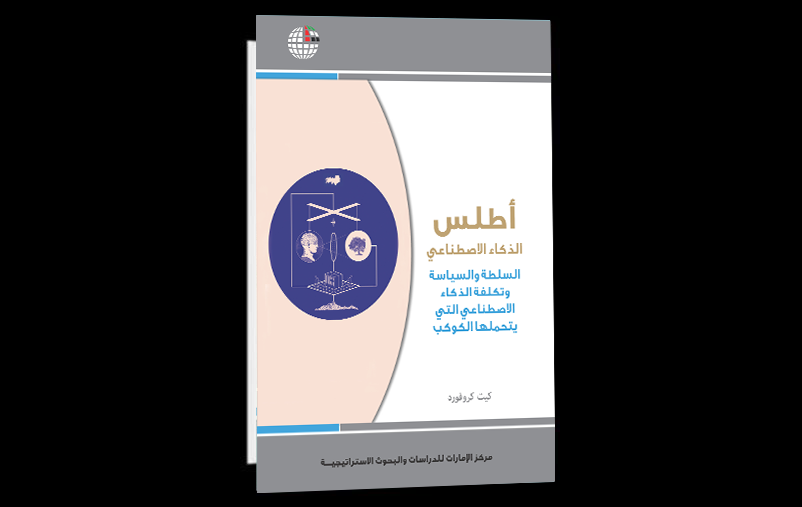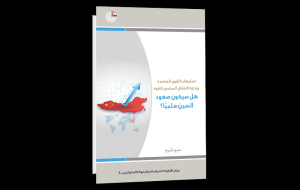What is going to happen when AI takes over the political life and drains our planet’s resources? How does AI affect the ability to understand ourselves and communities? Drawing on extensive research of more than a decade, the award-winning author, Kate Crawford, reveals that AI is an extractive technology: from the extraction of minerals from earth to information workers earning scant wages to the data taken from every action and expression we make.
Crawford illustrates that this planetary network works as an impetus towards an undemocratic governance, and exacerbates inequality. Rather than taking a narrow focus on code and algorithms, Crawford offers us a material and political perspective on what it takes to make AI and how it centralizes power. This is an urgent account of what is at stake as technology companies use artificial intelligence to reshape the world.
Undoubtedly, every manner of defining artificial intelligence serves a goal; and establishes a frame for how it will be understood, measured, valued and governed. If AI is defined by consumer brands for corporate infrastructure then marketing and advertising have predetermined the horizons. If AI systems where seen as more reliable than any human expert, able to take the “best possible action”, then it suggests that they should be trusted to make high-stakes decisions in health, education and criminal justice. However, when certain algorithmic techniques are the sole focus, it suggests that only continual technical progress matters, with no regard to the computational cost of such approaches, and their far-reaching impacts on a planet under strain.
Conversely, this book argues that AI is neither intelligent, nor artificial, rather is both embodied and artificial, made from natural resources, fuel, human labor, infrastructures, logistics, histories and classifications. AI systems are not autonomous, rational, or able to discern anything without extensive, computationally intensive training with large datasets or predefined rules; in addition, it depends entirely on much wider set of political and social structures. Considering the fact that building AI on a wide scale and improving the way it is perceived requires substantial amounts of capital, these systems are ultimately designed to serve existing dominating interests, therefore AI is a registry of power.
The book explores how artificial intelligence is made, in the widest sense, and the economic, political, cultural, and historical forces that shape it. Once we connect AI with these broader social structures and systems, we can cape the notion that AI is a purely technical domain. Artificial intelligence in essence is technological and social practices, institutions, infrastructures, policies and cultures. Computational reason and embodied work are deeply interlinked, as AI systems both reflect and produce social relations and understanding of the world.
The term “artificial intelligence” can create discomfort among those in the computer science community. The phrase has moved in and out of fashion over the decades and is used more in marketing than by researchers. Hence, the term “machine learning” is more commonly used in the technical literature. While “AI” is often embraced during funding application season, when venture capitalists come bearing checkbooks, or when researcher are seeking press attention for a new scientific result. As a result, the term is both used and rejected in ways that render its meaning everchanging. This book uses the term “artificial intelligence” to refer to the massive industrial formation that includes politics, labor, culture and capital, while it uses “machine learning” to refer to a range of technological approaches, which are in fact social and infrastructural techniques as well, although rarely acknowledged as such manner.
But there are significant reasons why the field has been focused so much on the technical-algorithmic breakthroughs, incremental product improvement, and greater convenience. The structures of power at the intersection of technology, capital, and governance are well served by this narrow, abstracted analysis. To understand how AI is fundamentally political, we need to go beyond neural nets and statistical pattern recognition to instead ask what is being optimized, and for whom and who get to decide. Then we can trace the implications of those choices.
In conclusion, an atlas can help us understand how artificial intelligence is made. An atlas is an usual type of book. It is a collection of disparate parts, with maps that vary in resolution from a satellite view of the planet to a zoomed in detail of an archipelago. When you open an atlas you may be seeking specific information about a particular place-or perhaps you are wondering, following your curiosity, which is an action inherent to AI today.
This book presents well-visited and lesser-known landscapes of computation: the pits and mines, the longs corridors of energy-devouring data centers, skull archives, image databases, and the fluorescent-lit hangars of delivery warehouses. These sits are included not just to illustrate the material construction of AI and its ideologies but also to illuminate the unavoidably subjective and political aspects of mapping, and to provide alternatives to hegemonic, authoritative – and often naturalized and reified – approaches.
Kate Crawford is a leading scholar of the social and political implications of artificial intelligence. She is a Research Professor at USC Annenberg, and has provided advice to policymakers in the UK, White House, European Parliament. Crawford’s Atlas of AI: Power, Politics, and the Planetary Costs of Artificial Intelligence won many awards and has been translated to more than 10 languages.
Author: Kate Crawford
Publisher: Emirates Center for Strategic Studies and Research
Publishing Year: 2024













